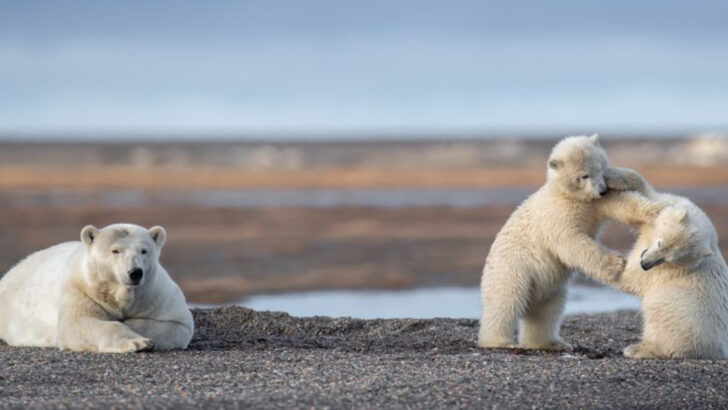Gates of the Arctic National Park offers a pristine wilderness experience unlike any other.
Situated above the Arctic Circle, this vast and remote park is home to a diverse array of wildlife.
Visitors to the park have the unique opportunity to observe these magnificent creatures in their natural habitats.
From the majestic caribou migrating across the tundra to the elusive lynx prowling through the forest, each species adds to the rich tapestry of life in this rugged landscape.
Here are 14 remarkable animal species you can encounter in this awe-inspiring park.
Caribou
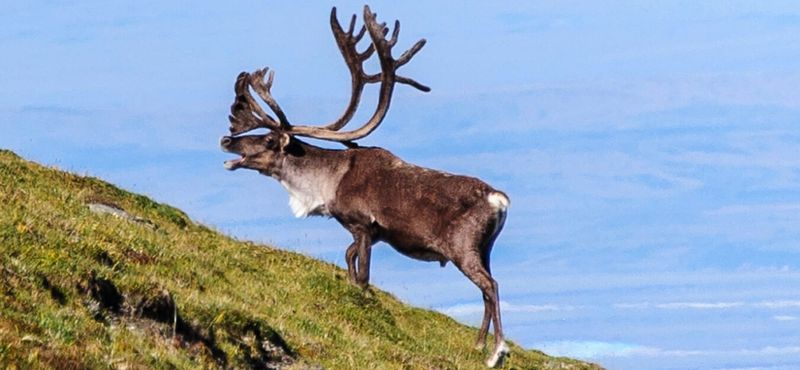
Caribou, known for their epic migrations, traverse the vast tundra of Gates of the Arctic. Imagine witnessing thousands of these majestic animals moving in unison, a true spectacle of nature. Their antlers, often adorned with velvet, make them one of the most recognizable creatures in the park.
In the winter, caribou rely on lichen for sustenance, digging through snow to reach this vital food source. As summer approaches, they trek towards calving grounds, showcasing their resilience.
Did you know? Both male and female caribou grow antlers, a rarity among deer species.
Grizzly Bear
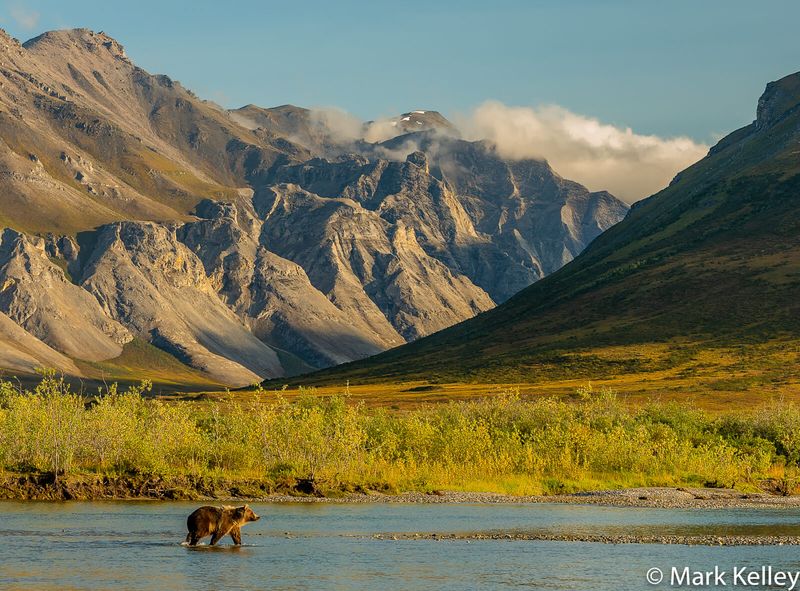
With a commanding presence, grizzly bears roam the rugged terrains of the park. These formidable creatures, with their distinct shoulder hump, are a symbol of the Alaskan wilderness.
Grizzlies are often spotted near rivers, skillfully catching fish, which form a crucial part of their diet. Despite their size, they are remarkably agile, capable of reaching speeds up to 30 miles per hour.
Interestingly, while they are solitary animals, grizzly bears gather in numbers at prime fishing spots, showcasing a rare glimpse of social interaction.
Arctic Fox
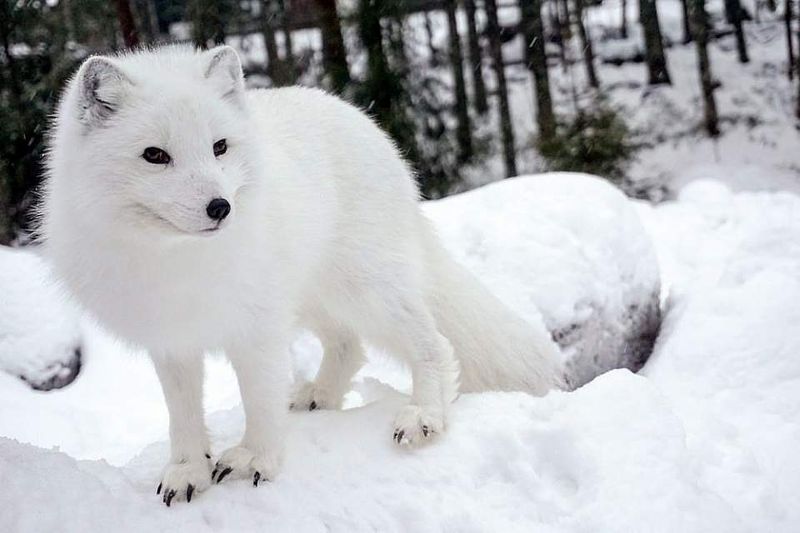
Arctic foxes are masters of adaptation, with their fur changing color with the seasons. In winter, their coat turns white, offering perfect camouflage against the snow, while in summer, it becomes brown, blending with the tundra.
These small but resilient creatures are known for their resourcefulness, often following polar bears to scavenge leftovers. Their keen sense of hearing helps them locate prey beneath the snow.
A fascinating fact: Arctic foxes can survive temperatures as low as -58°F, thanks to their dense fur and fat reserves.
Dall Sheep
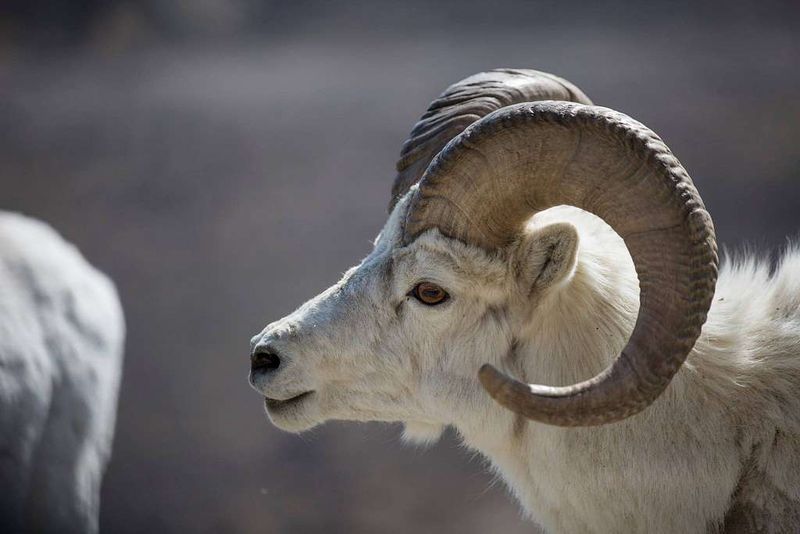
Perched on the steep cliffs, Dall sheep are a sight to behold. Their striking white coats stand out against the rugged landscape, making them easier to spot from a distance.
These agile climbers navigate the treacherous terrain with ease, using their strong hooves to grip the rocky surfaces. During spring, males engage in head-to-head battles, showcasing their impressive horns.
Did you know? The horns of a male Dall sheep can weigh up to 30 pounds, more than all the bones in their body combined.
Moose
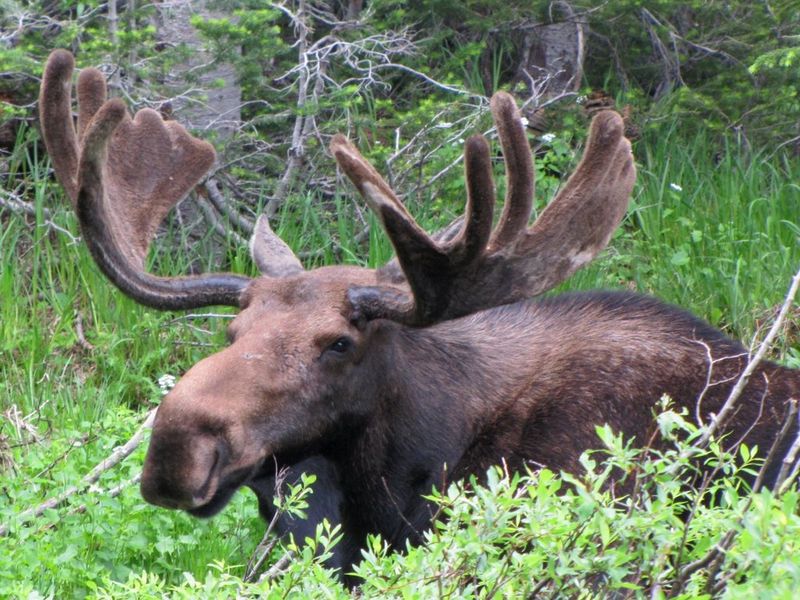
Moose, the largest members of the deer family, are often spotted in the park’s wetlands. With their towering antlers and long legs, they cut an impressive figure.
In summer, moose are frequently seen foraging in the water, cooling off and feeding on aquatic plants. Their keen sense of smell helps them detect predators from afar.
Fun fact: Despite their size, moose are excellent swimmers, able to dive up to 20 feet to reach submerged vegetation.
Lynx
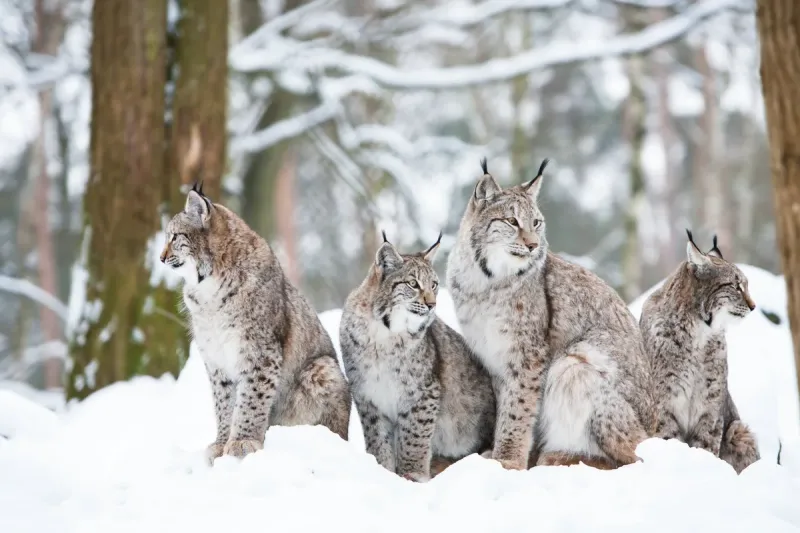
Elusive and solitary, the lynx prowls the dense forests of the park. Known for their tufted ears and striking appearance, these cats are expert hunters, their large paws allowing them to move silently.
Lynx primarily prey on snowshoe hares, and their population often mirrors the abundance of this primary food source. Their thick fur provides insulation against the harsh Arctic winters.
A quirky tidbit: Lynx have a preference for dense cover, making sightings particularly rewarding for keen-eyed visitors.
Wolf
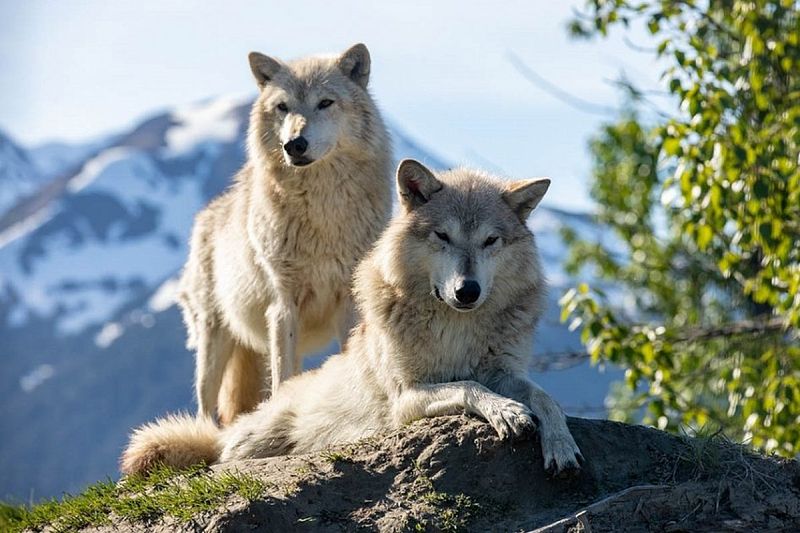
Wolves, the iconic predators of the Arctic, roam in packs across the park. Their haunting howls echo through the wilderness, a sound emblematic of the wild.
Packs are highly social, with complex hierarchies that facilitate hunting and survival. Wolves collaborate to track and hunt large prey, showcasing their intelligence and teamwork.
Interestingly, each wolf’s howl is unique, serving as an auditory fingerprint within the pack, which can be heard over vast distances.
Snowshoe Hare
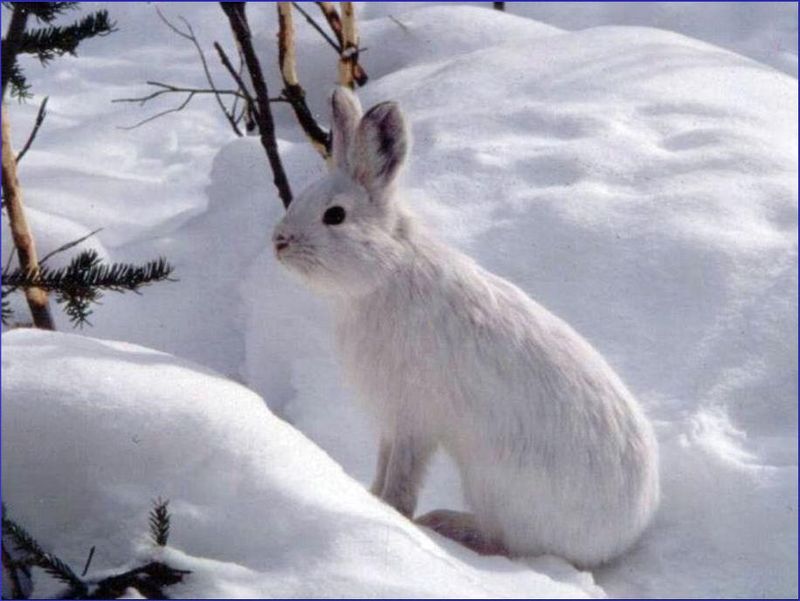
The snowshoe hare, with its distinctive large feet, is well adapted to the snowy environment. Its coat changes with the seasons, turning white in winter to blend with the snow and brown in summer to match the forest floor.
These hares are key prey for predators like the lynx, making them a crucial component of the park’s ecosystem. Their large feet distribute weight over the snow, preventing them from sinking.
Snowshoe hares are most active at dusk and dawn, nibbling on twigs and bark.
Wolverine
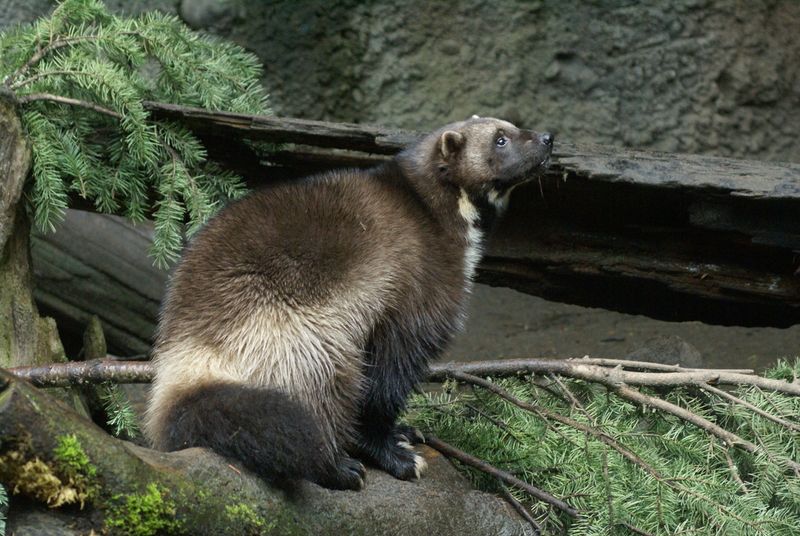
Fierce and elusive, the wolverine is a testament to nature’s resilience. Known for their strength and ferocity, they are often described as the ‘gluttons’ of the animal kingdom.
Wolverines cover vast distances in search of food, scavenging carcasses and hunting small mammals. Their powerful jaws can crush bones with ease, a necessary trait for survival in the harsh Arctic climate.
A fun fact: Wolverines are solitary creatures, and their sharp claws help them climb trees to escape predators.
Boreal Owl
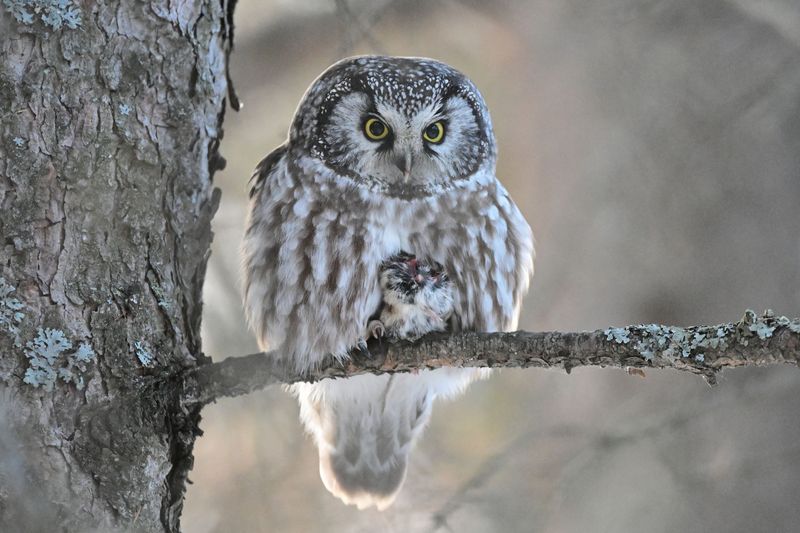
Boreal owls, with their enigmatic yellow eyes, are residents of the park’s dense spruce forests. These small, nocturnal birds of prey are masters of stealth, relying on acute hearing to locate prey under the snow.
Their plumage provides excellent camouflage among the trees, making them difficult to spot during the day. With a wingspan of about 60 centimeters, they are surprisingly efficient hunters.
Boreal owls are less vocal than other owl species, and their soft hoots can often be heard echoing through the night.
Peregrine Falcon
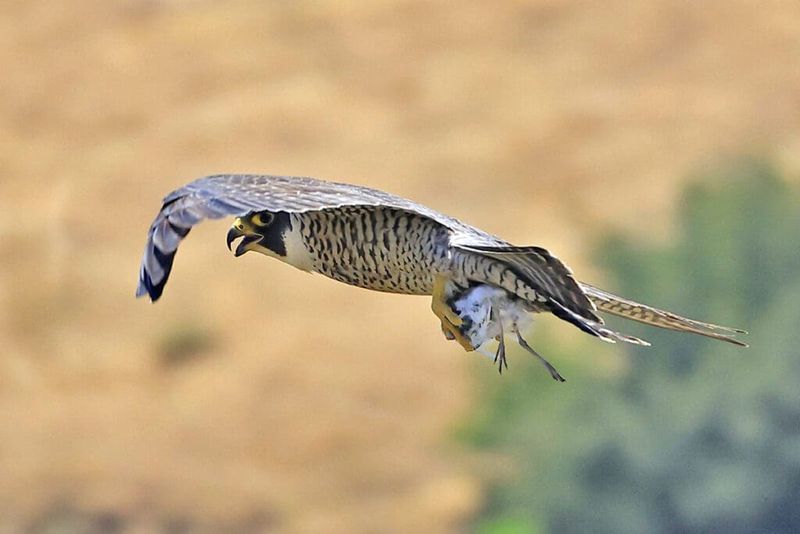
Renowned for their speed, peregrine falcons are the aerial acrobats of the Arctic skies. Known as the fastest birds on the planet, they can dive at speeds exceeding 200 miles per hour.
These raptors use their exceptional agility to catch unsuspecting birds mid-flight. Their keen eyesight allows them to spot prey from great distances, making them formidable hunters.
An interesting fact: Despite their prowess, peregrine falcons are monogamous and often return to the same nesting sites year after year.
Red Fox
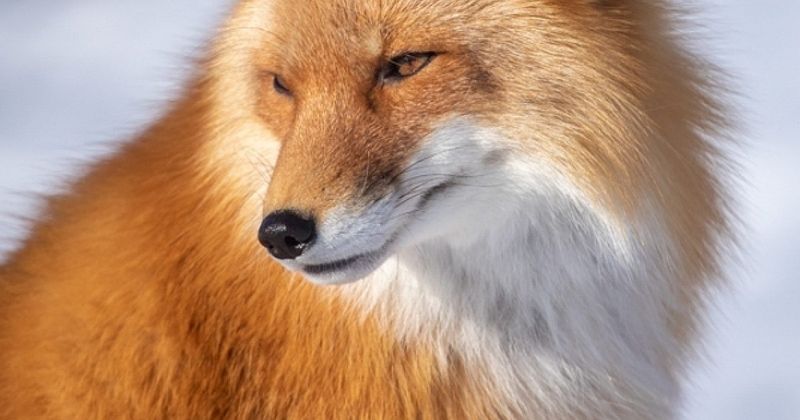
Red foxes, with their striking coats, are among the most adaptable animals in the park. Known for their cunning nature, they are skilled hunters, often seen pouncing on rodents.
Their diet is varied, including everything from berries to small mammals. The red fox’s bushy tail, or ‘brush,’ aids in balance and serves as a warm cover during cold nights.
Did you know? A red fox can hear a mouse squeak from 100 feet away, a testament to its acute hearing.
Beaver
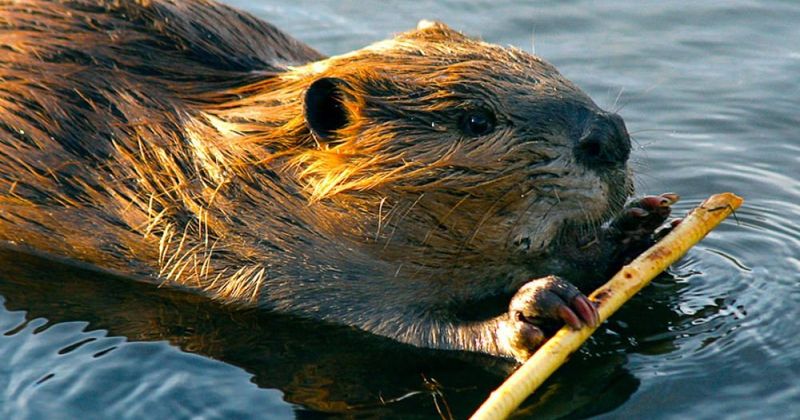
Engineers of the animal world, beavers are renowned for their dam-building skills. By creating ponds, they transform the landscape, providing habitats for other species.
These industrious rodents use their strong teeth to fell trees and construct their lodges. The resulting wetlands offer protection from predators and a steady supply of food.
A quirky fact: A beaver’s teeth never stop growing, allowing them to gnaw through wood throughout their lives, maintaining their vital dam-building activities.
Polar Bear
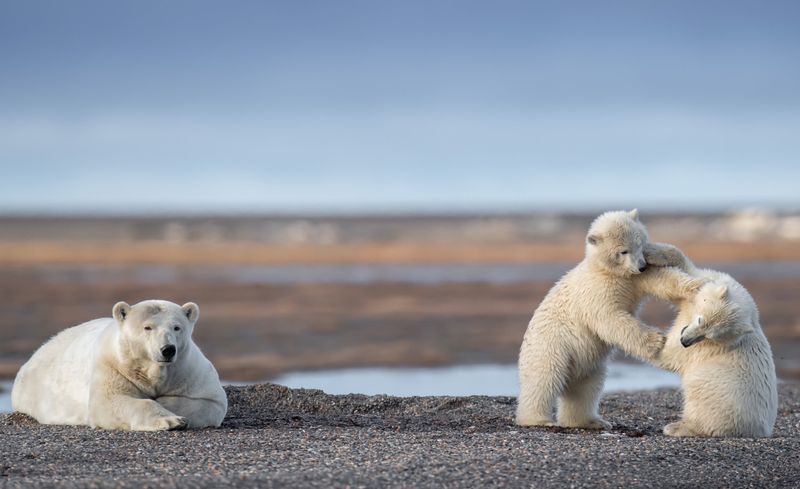
Despite being a rare sight, the presence of polar bears in the park is a testament to its vast wilderness. These majestic creatures, with their snow-white fur, are icons of the Arctic.
Polar bears spend much of their time hunting seals on the sea ice, relying on their incredible sense of smell to locate prey. Their large paws are perfectly adapted for swimming, helping them cover great distances.
Fun fact: A polar bear’s fur is not actually white but translucent, reflecting visible light and appearing white to our eyes.

